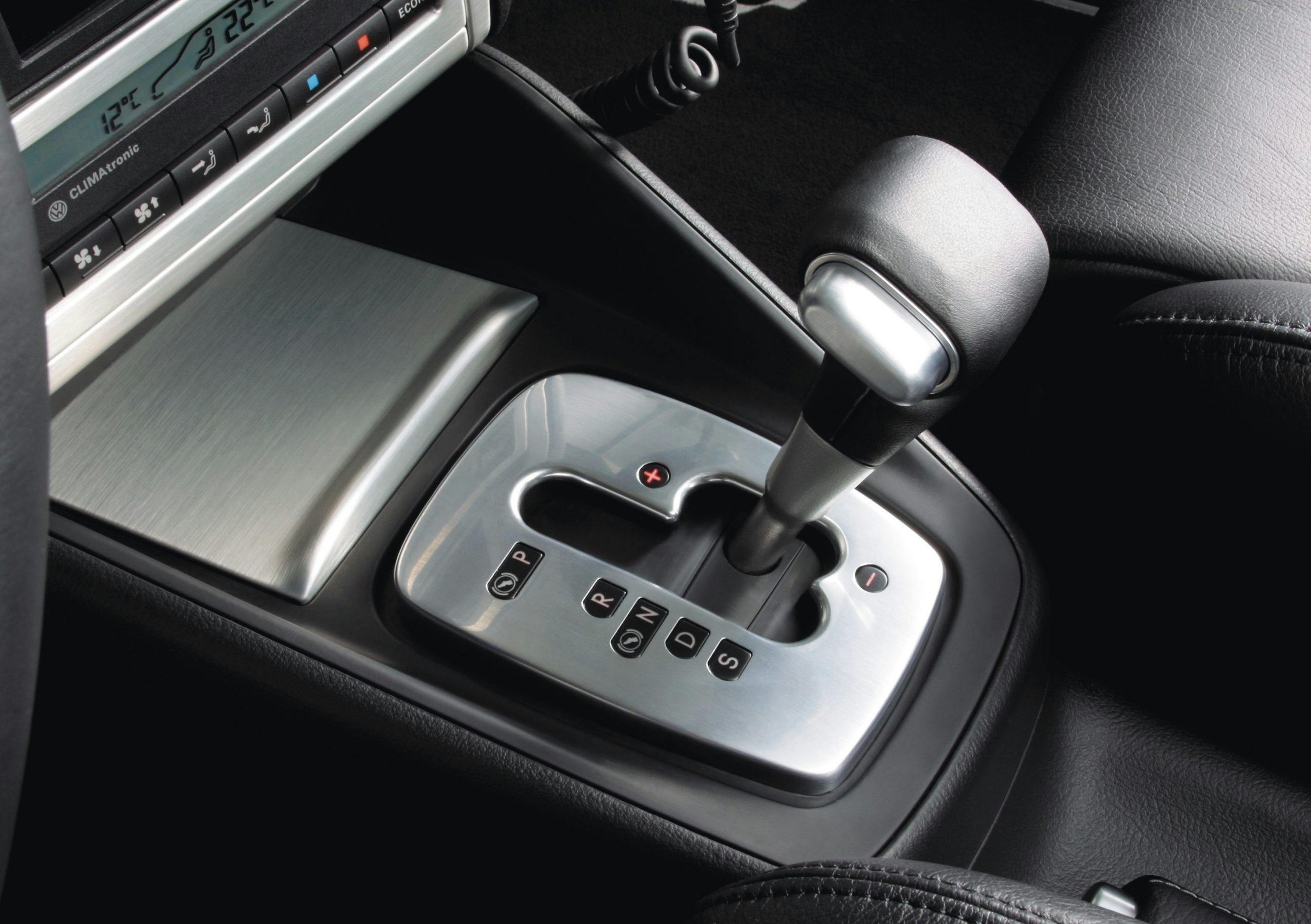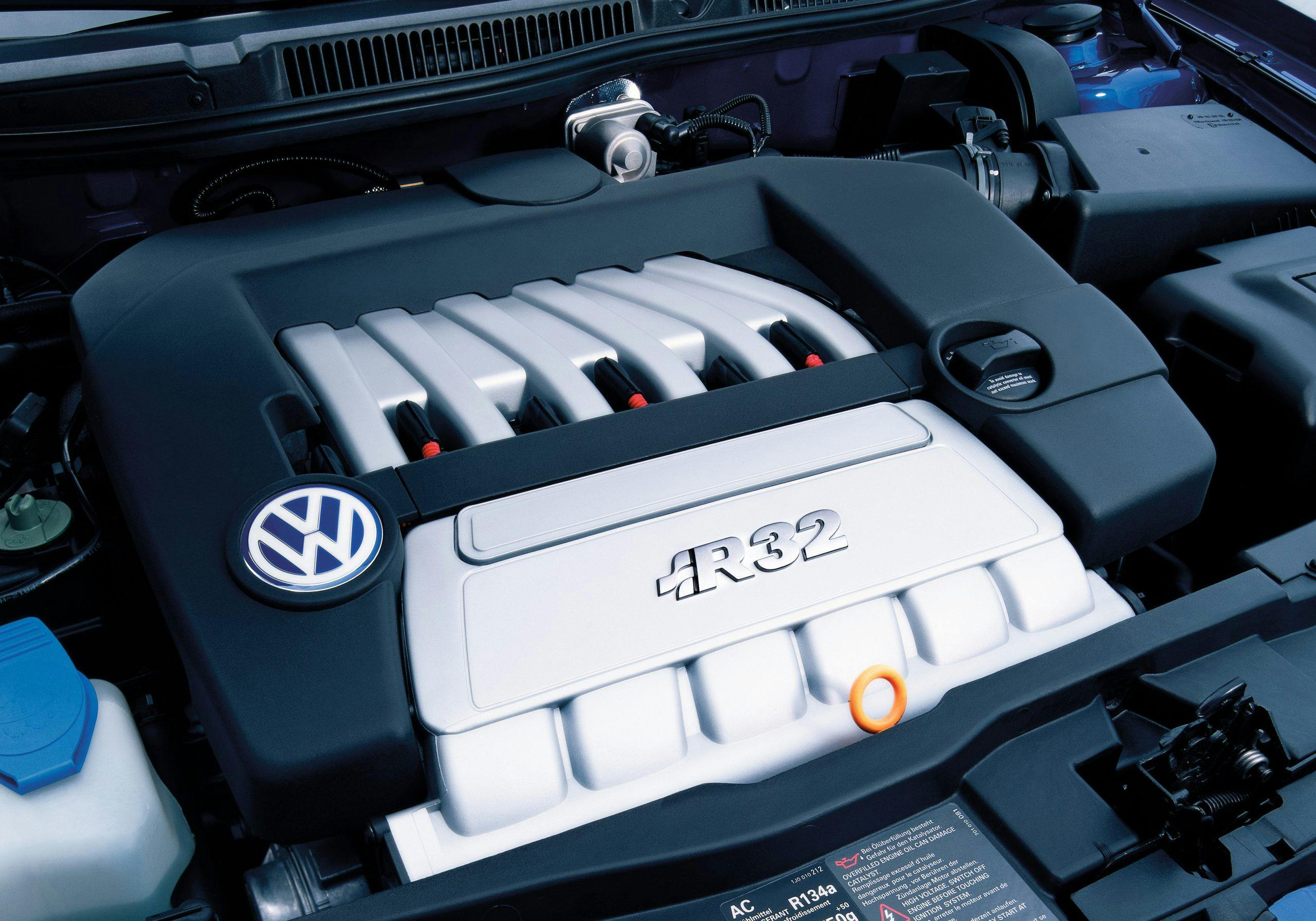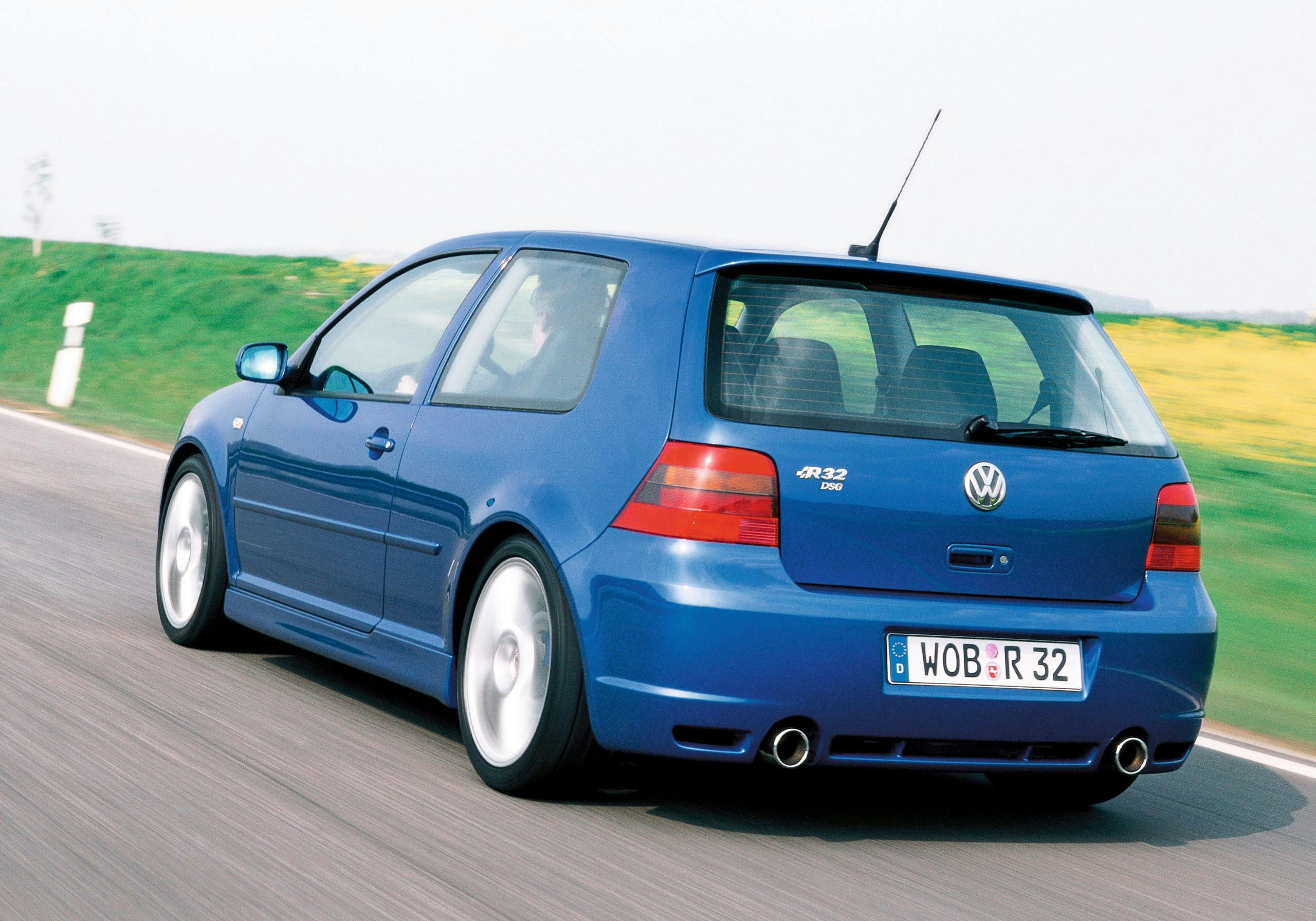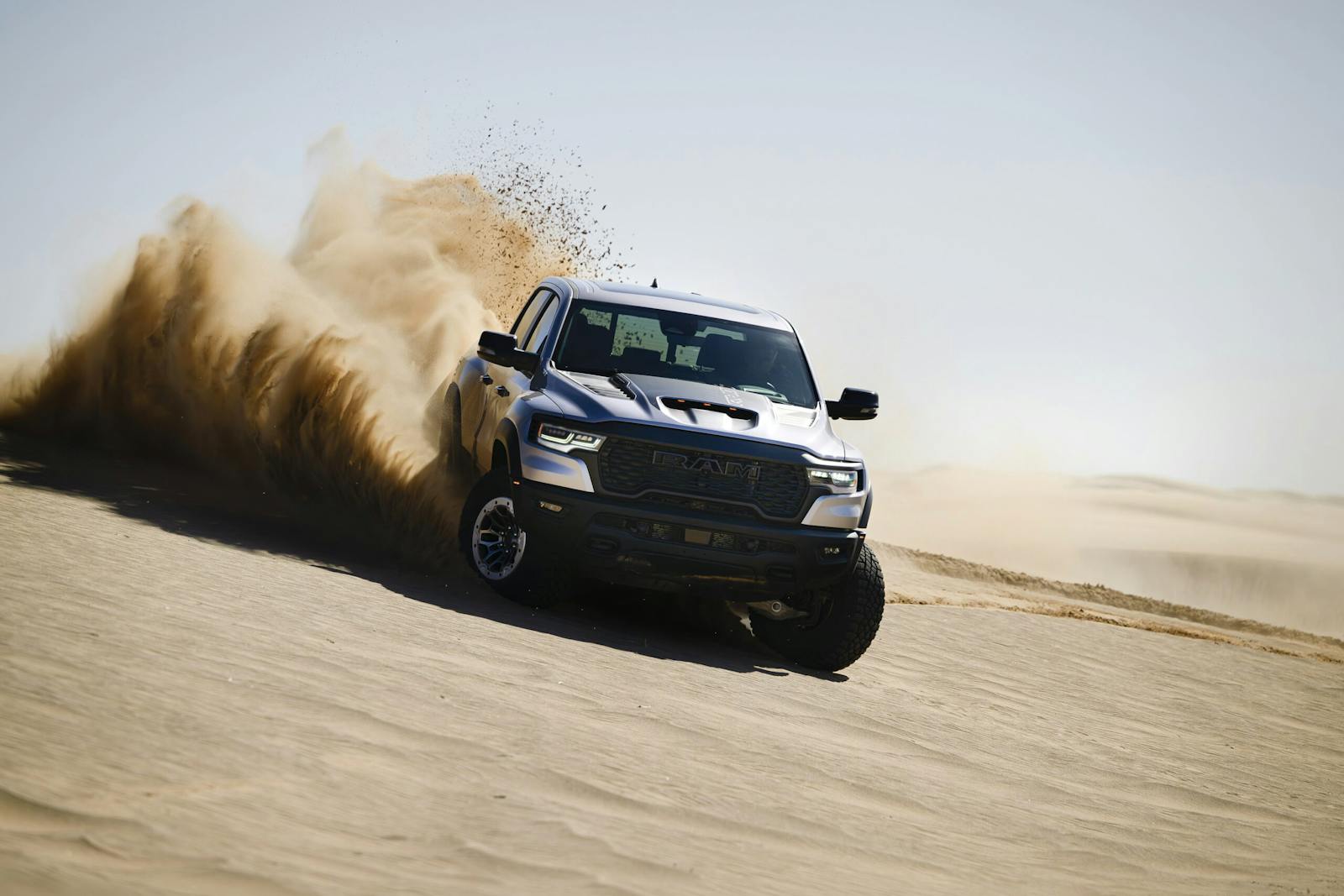As VW teases the new Golf R we remember the first R32
Volkswagen is launching the latest Golf R this week, the most powerful Golf in history and the latest in a line that began in 2002 with the R32.
The new R, based on the Mk. 8 Golf is set to pump out 333 hp from its EA888 turbocharged two-liter engine and will drive all four wheels through a seven-speed dual-clutch transmission. A Golf R Plus with over 400 hp is also rumored.
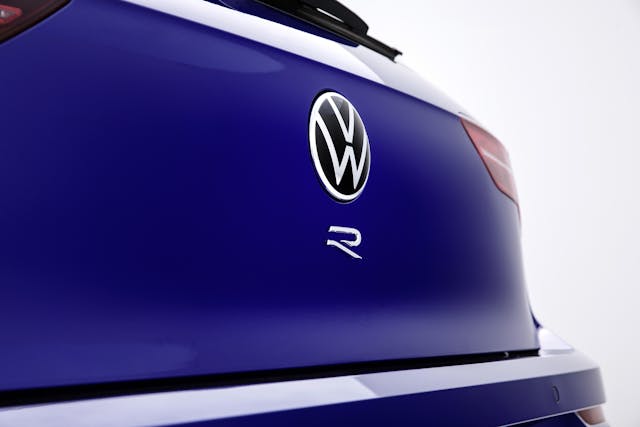
However, if it wasn’t for the success of the very first R32, these all-wheel-drive über-Golfs would never have existed. In August 2002 I flew to Hanover, Germany and took a VW bus to the pretty little town of Rinteln. Perfectly positioned for an unrestricted autobahn run and a dash through atmospheric forests on perfectly-surfaced roads, Rinteln clearly wasn’t solely chosen for its R32 zip code.
The R32 was based on the Golf 4Motion, but VW’s engineers bored and stroked its twin cam V-6 to 3189 cc and fitted it with new intake and exhaust cams and a fruity twin-pipe exhaust. Power was upped to 243 hp at 6250 rpm. The intelligent all-wheel-drive system deployed a Haldex coupling in the rear differential and an ESP system to brake individual wheels. A six-speed manual transmission was standard, but the R32 was also the first VW to be optioned with a DSG transmission. Lower than a regular Golf, and with a quicker steering rack, the R32 also boasted bigger brakes and bigger wheels with 225/40 tires.
Aside from the R32 badges, the fastest Golf of its day was distinguished by larger air intakes with mesh inserts, re-profiled front and rear bumpers, and blue tinted glass. Inside, deep bucket seats by König were installed, along with alloy trim and pedals.
So, how did it drive? Its 6.6-second 0–62-mph sprint time may not seem that rapid by today’s standards, but I remember hard-launching the car and finding the traction stupendous. I ran it beyond 130 mph on the autobahn and it was rock-solid. The steering felt more direct and feelsome than I expected, and the level of grip was huge, but the engine’s immense low-down torque was offset by a slightly lackluster top end.
In conclusion I thought that the R32 felt like a budget Audi S3, which was probably the whole idea. As a kicking-off point for new breed of Golfs, it was a pretty good start.
In 2005 the second R32 appeared with 250 hp on tap from the venerable V-6. Four years later VW switched to turbo power and dropped the 32 whilst simultaneously increasing output to 270 hp. The now-obsolete fourth generation launched in 2013 and broke the 300-hp barrier.
The new Golf R will be revealed on 4 November, when we’ll find out just how worthy of its ancestors it really is.

